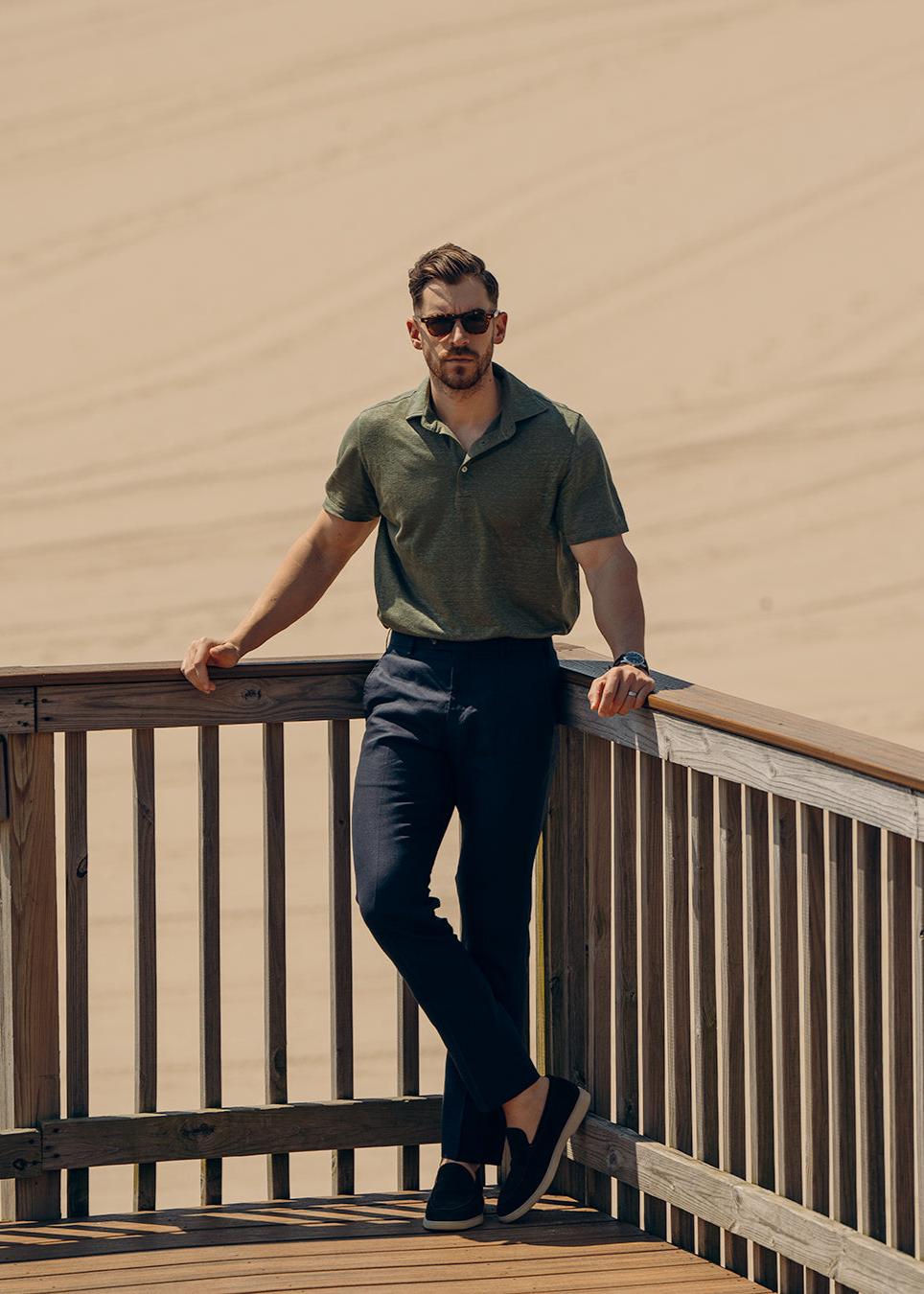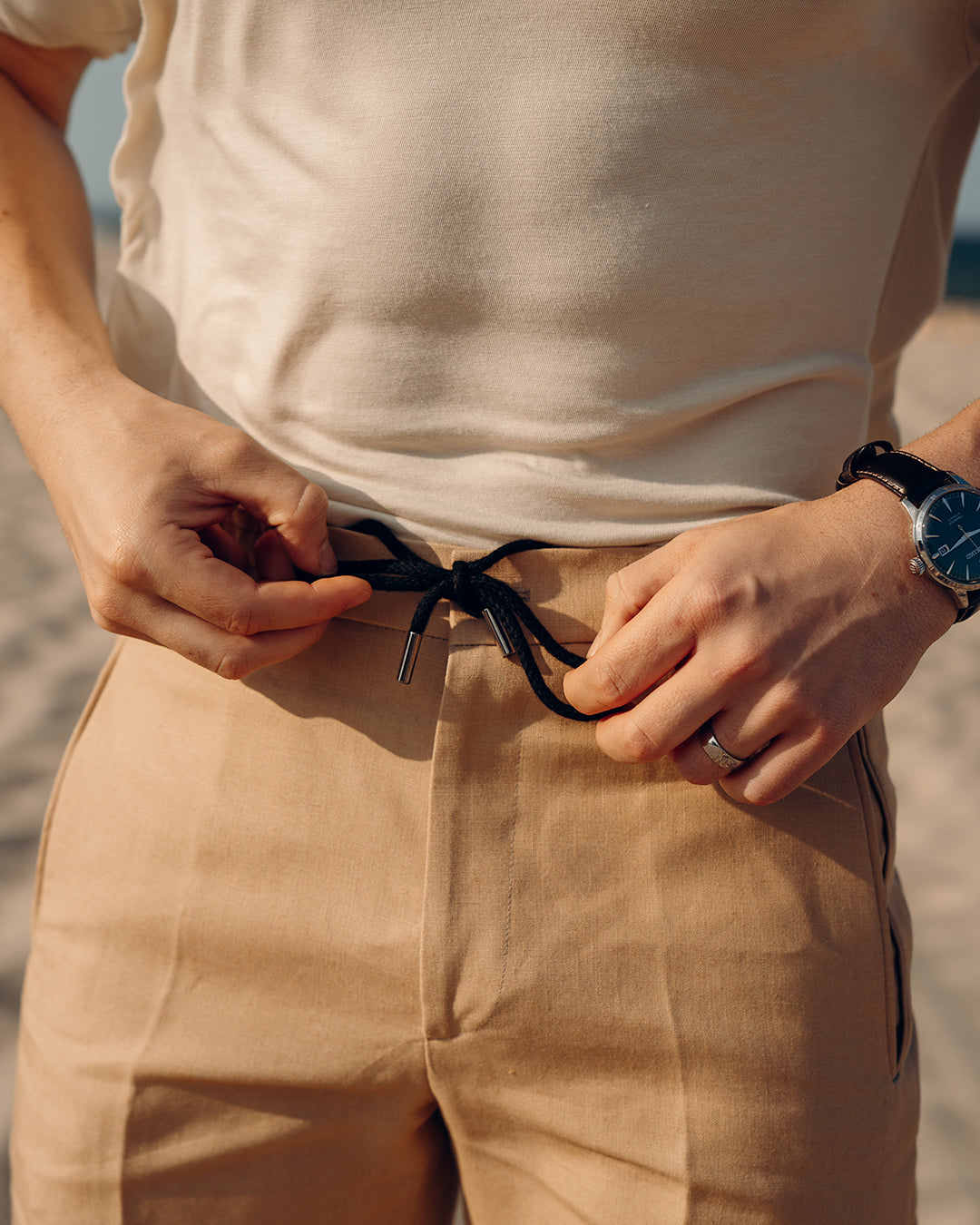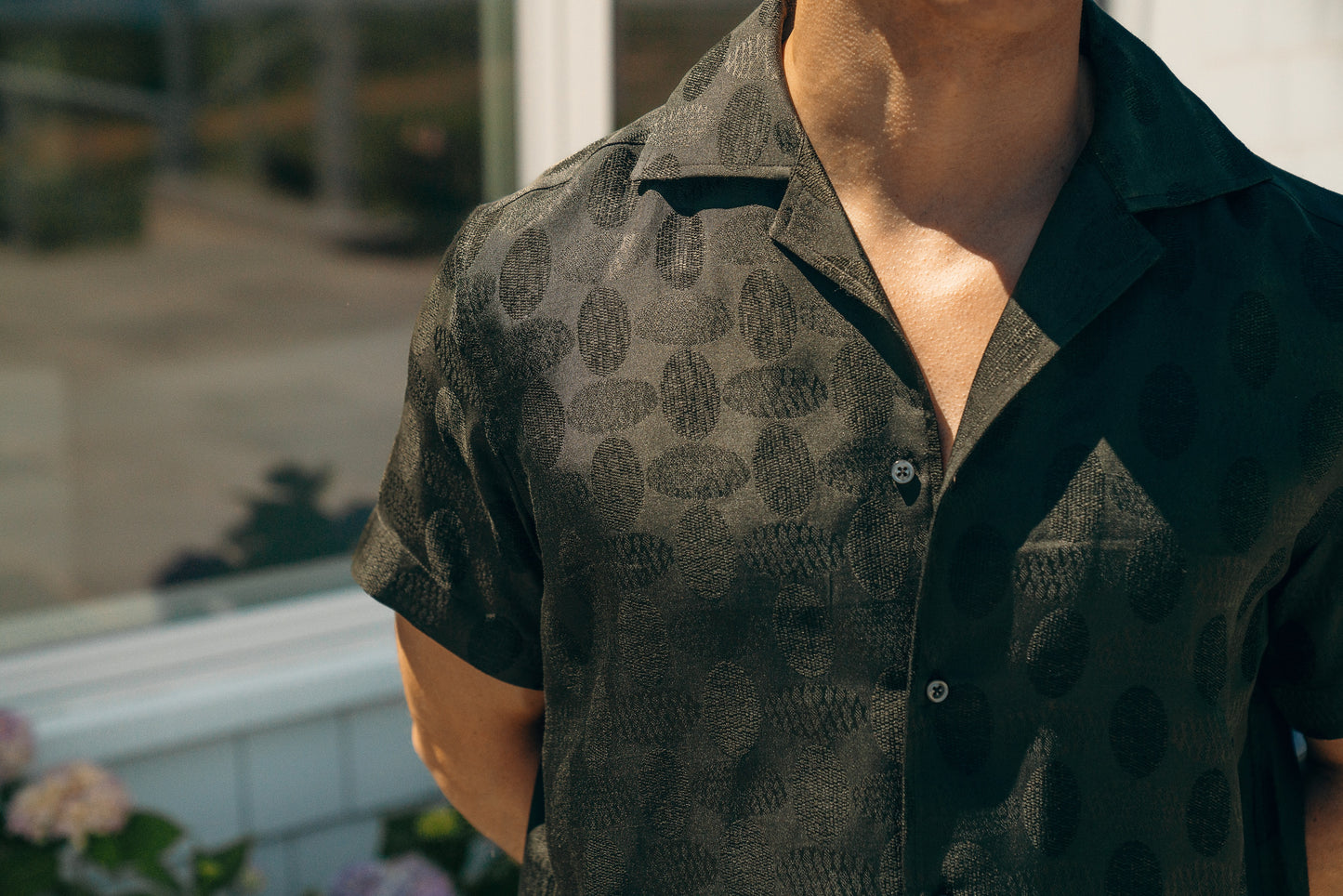It’s both easy and difficult to determine the quality of a sweater. It’s easy in the sense that there aren’t many variables to consider, at least in comparison to suit jackets and sport coats. A well made sweater will be densely knitted, which will require more material, but also allow the garment to hold its shape better. The yarns will also be made from longer fibers, which will give it fewer “weak points” (microscopic to the eye), and thus result in less pilling.
Unfortunately, it’s difficult to tell whether a sweater is made from a good yarn by simply looking at it. The yarn’s quality only reveals itself after years of wear. There are some things, however, that can help you make an educated guess, such as examining how the sweater as a whole has been constructed.
Sweaters are typically made from one of three techniques. The first is cut-and-sew, where the panels of a garment (the front, back, sleeves, and trimmings) are cut from a larger piece of cloth and then joined by simply sewing the edges together. This results in a slightly bumpy seam, much like what you’d find on a dress shirt, but it’s a reliably cheap and easy method.
The other type of construction is known as “fully fashioned,” where the sweater’s panels are knitted to shape and then attached together by skillfully linking them at the edge, point-by-point. This results in less material wastage, but it’s more labor intensive, so it can be a sign of how much a manufacturer has spent on their knitwear construction. Generally speaking, fully-fashioned sweaters are better made than cut-and-sewn ones.
The third technique is “whole garment knitting,” which is similar to fully-fashioned knitting, but goes one step further. Here, it’s not the panels that are knitted to shape, but the entire garment itself. That is, there are no seams at all (though, lines can be sewn into the fabric to imitate the look of a seam where one would normally be).
The appeal of whole garment construction is that you get a softer, more comfortable fit through the elimination of any annoying seams. And without any weak points from the two panels being joined together – either through cut-and-sew or point-by-point linking – you get a stronger construction that won’t as easily stretch out or tear.
Of course, one should be careful to not oversimplify. There are cut-and-sew knits that are well made, and some are even a mixture of different techniques (cut-and-sewn at some parts, and fully fashioned at others). However, absent of any direct experience with a brand – which still remains the best indicator of quality – examining how a sweater has been made can be a good telltale sign of whether a manufacturer has invested in their materials and manufacturing, and whether the sweater itself will be a good friend for years to come, or something that will need to be binned after a season.
X


